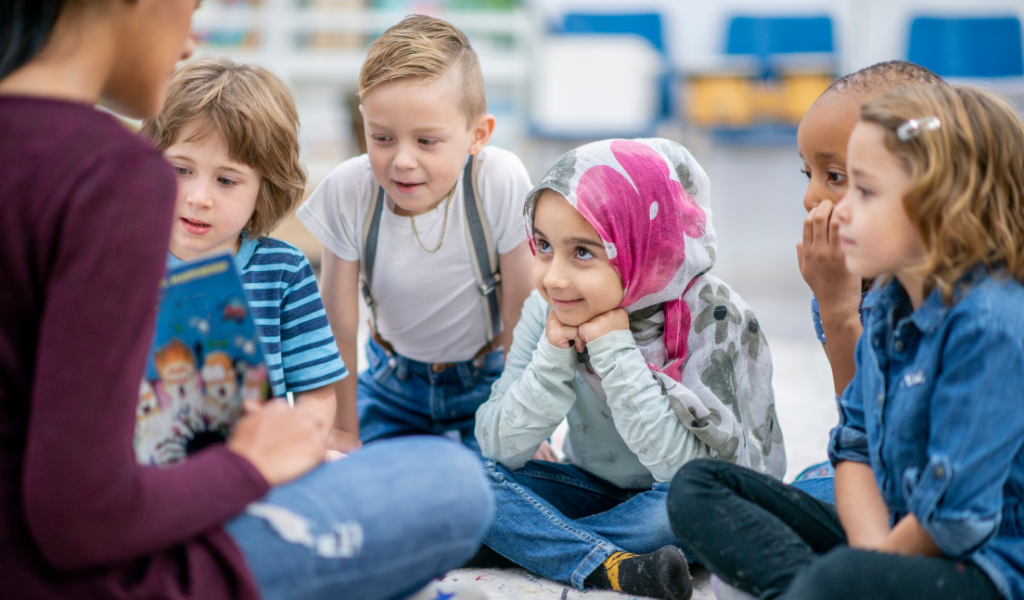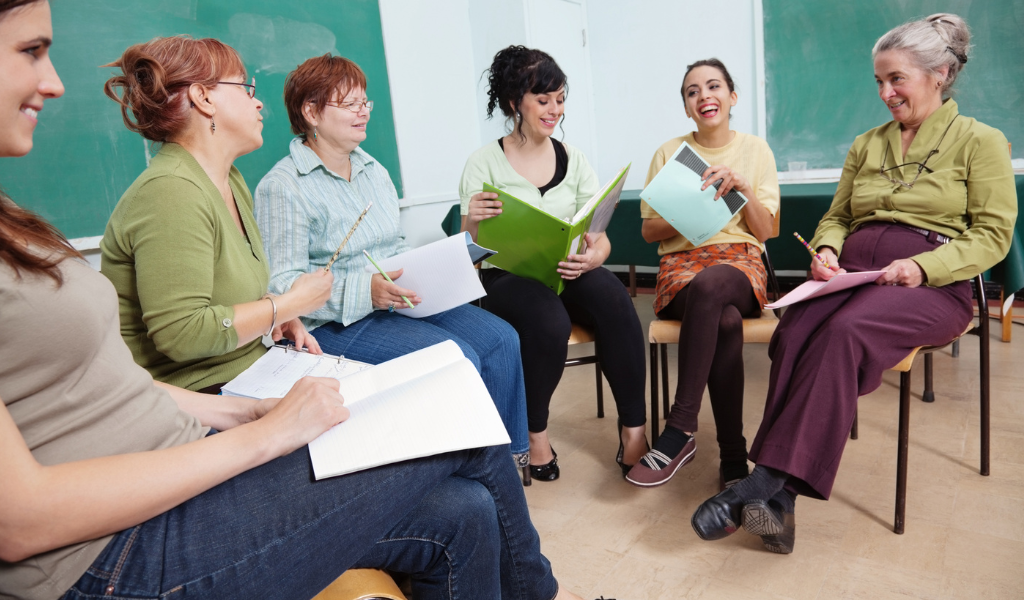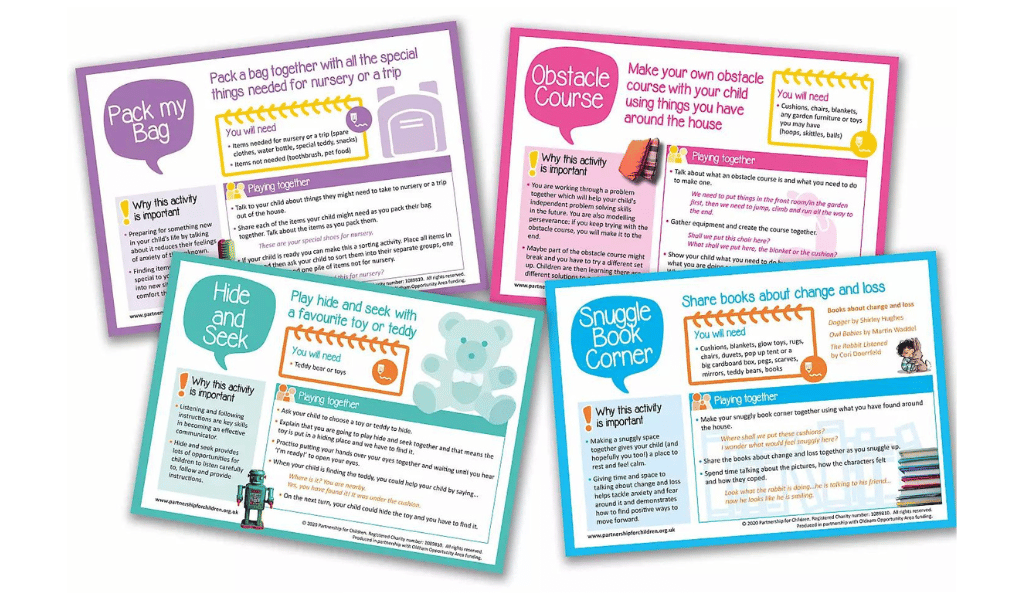‘I feel all fizzy, so I am going to see my friend’
In this blog post, Jayne Carter, Project Lead at Partnership for Children, shares 5 top tips for early years practitioners to use to ensure their children are emotionally healthy.
Emotional wellbeing is included in the EYFS statutory framework (DfE, 2024) as part of one of the three prime areas. This is mentioned within the PSED aspect of learning;
‘Children should be supported to manage emotions, develop a positive sense of self, set themselves simple goals, have confidence in their own abilities, to persist and wait for what they want and direct attention as necessary.’

That’s quite a lot to take on board for a developing young learner!
Here are 5 top tips for early childhood practitioners:
Child development knowledge is vital. Investing in reading, training and talking about all aspects of social and emotional wellbeing as a team strengthens our thoughts and views. Knowledge is definitely power for this aspect of learning. Matching what you have read to your children helps to make this knowledge ‘real’. It moves from ‘doing lots of reading’ to ‘using your reading.’

Taking the time to really get to know your children, what they like to do, what makes them laugh, what makes them feel a bit worried, where they like to play, and who their friends are. This engagement helps you to ‘tune in’ to your child and gives them the all important message that they are valued and special. The best self-motivator!
Planning with a purpose of how activities and experiences are guiding the child towards emotional health means that they are clearly focused on them as individuals. For example, knowing that a child worries about going outside and using photographs to help them know what’s there, has a clear focus for this child and probably others. Starting with your ‘why’ means that your decisions will be knowledgeable, useful and personalised.
Using our language carefully to provide a model for our children helps them to understand their own emotional wellbeing adventure. For example, using the language of feelings not only soothes but provides the words children can start to use independently. Being a bridge also means being that co-partner in play and adventure. Keep reminding yourself that, for our children, life is a series of ‘firsts’ with lots of new things to experience. Like anything new, things need explaining, repeating, reassuring.
There is a wealth of FREE early years activities included on the Partnership for Children website.

These cards provide the connection between knowledge and practice mentioned above. They include all aspects of social and emotional wellbeing, with one set developed for practitioners and one set developed for families.
Example activities:
By planning with purpose, based on a secure understanding of child development and knowledge of your children, you will be helping them to embrace their fizziness!